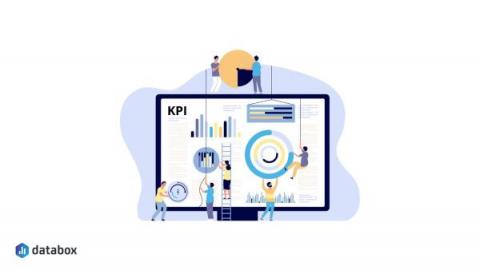Building a Regression Test Suite: Tips and Best Practices for Success
A regression test suite is a crucial component in maintaining software quality over time. It ensures that recent code changes and/or implementations do not negatively impact existing functionalities. This minimizes the risk of breaking existing features, enhances the reliability of new releases, and lowers the cost of deploying new releases.











